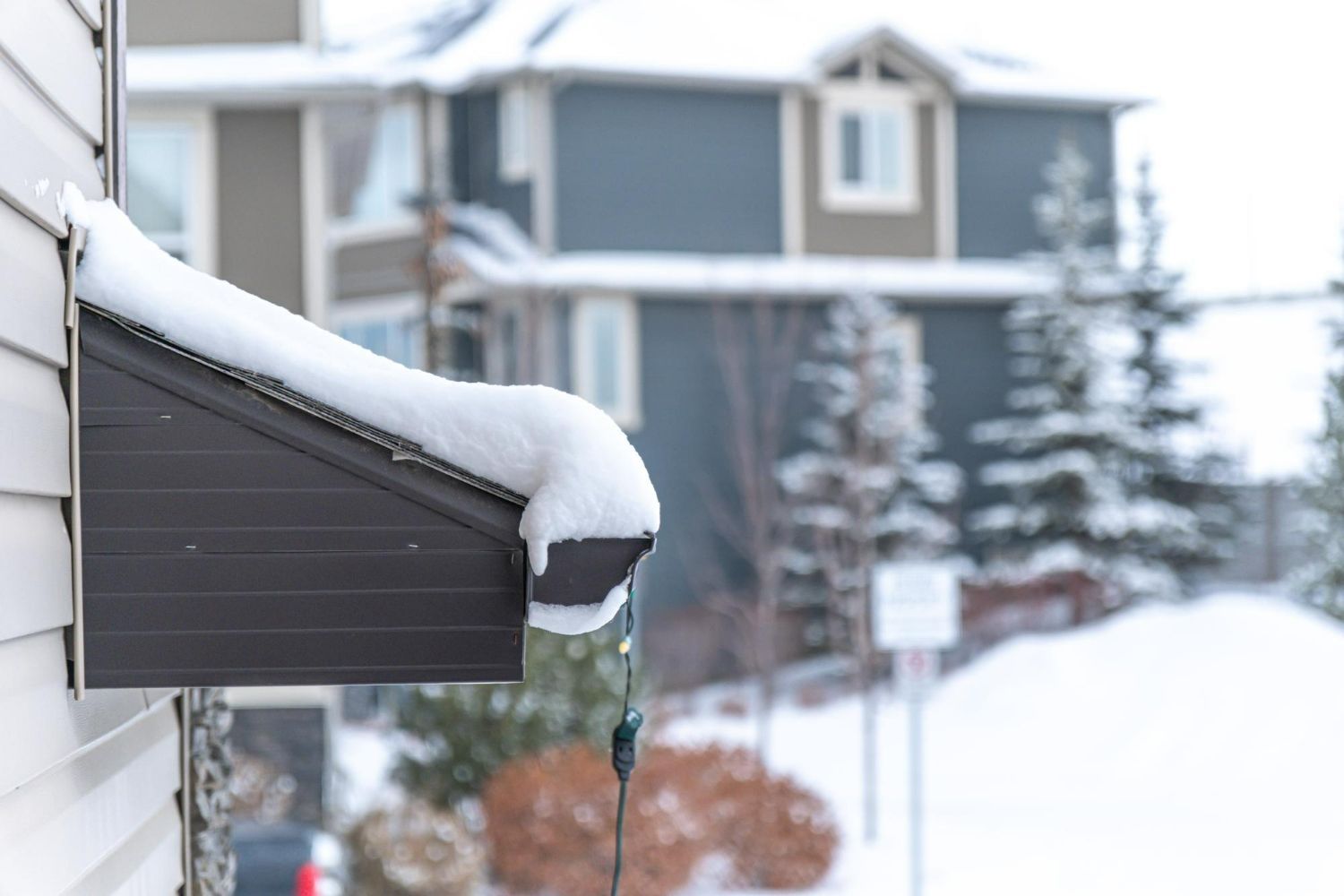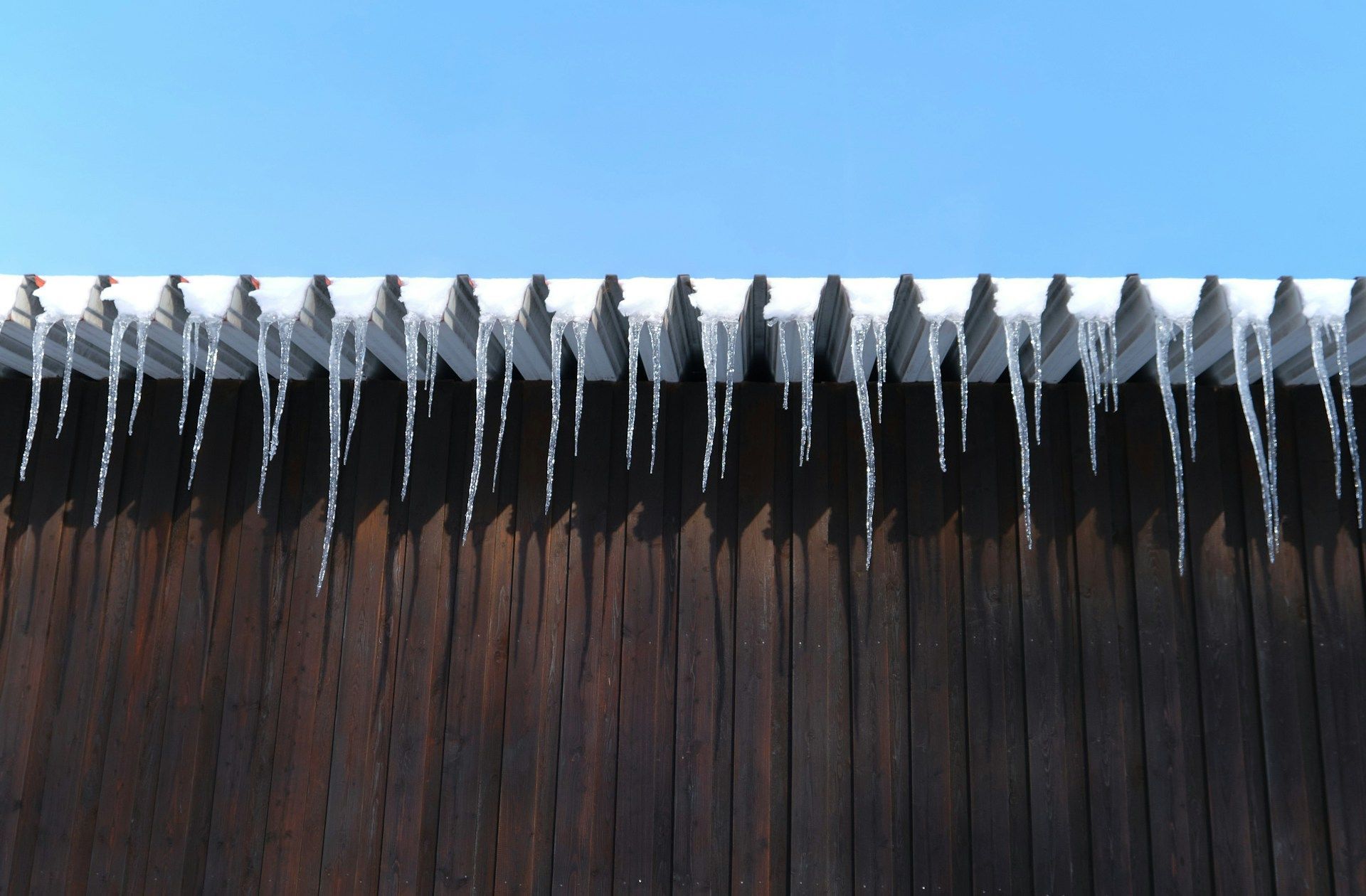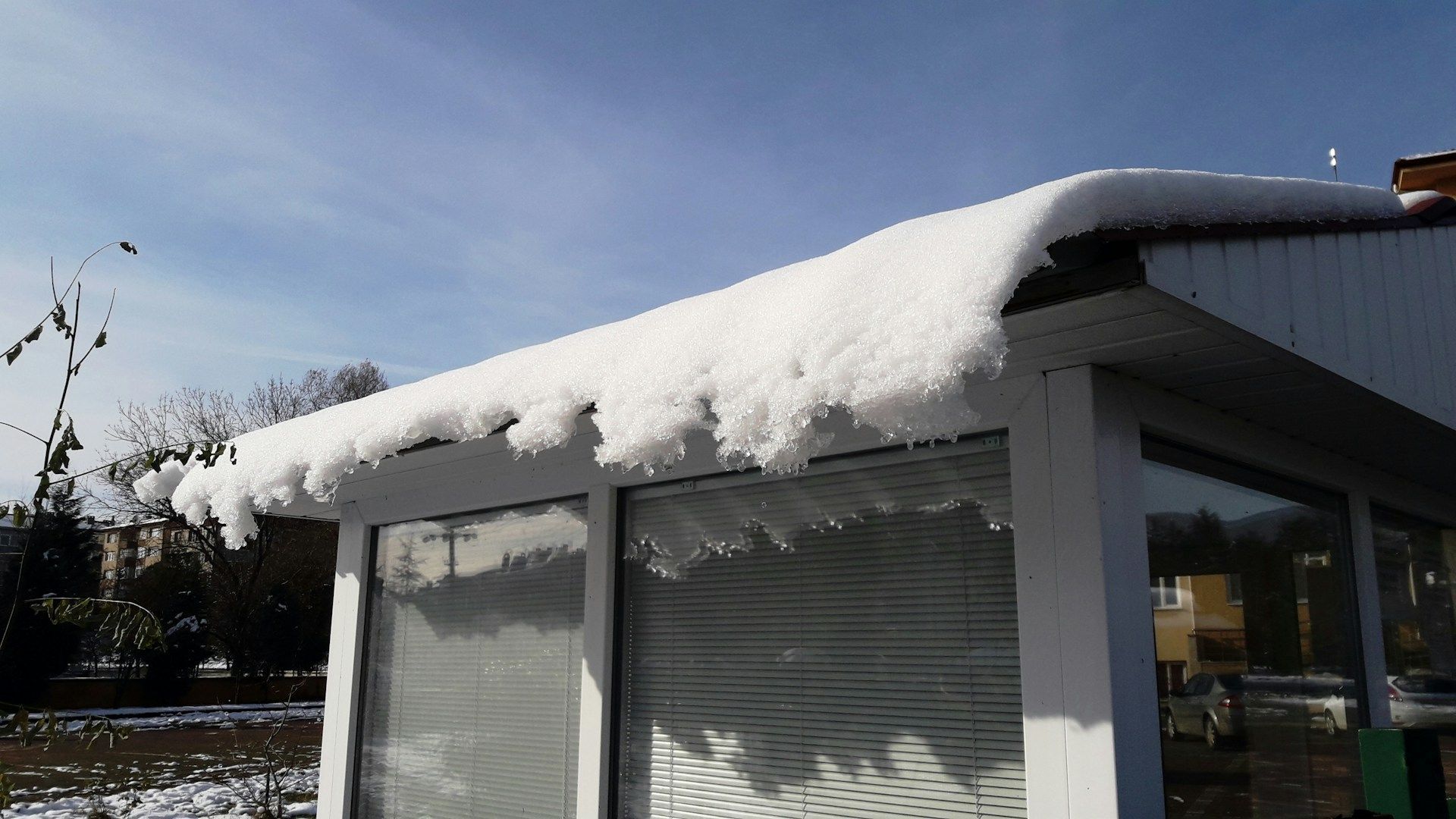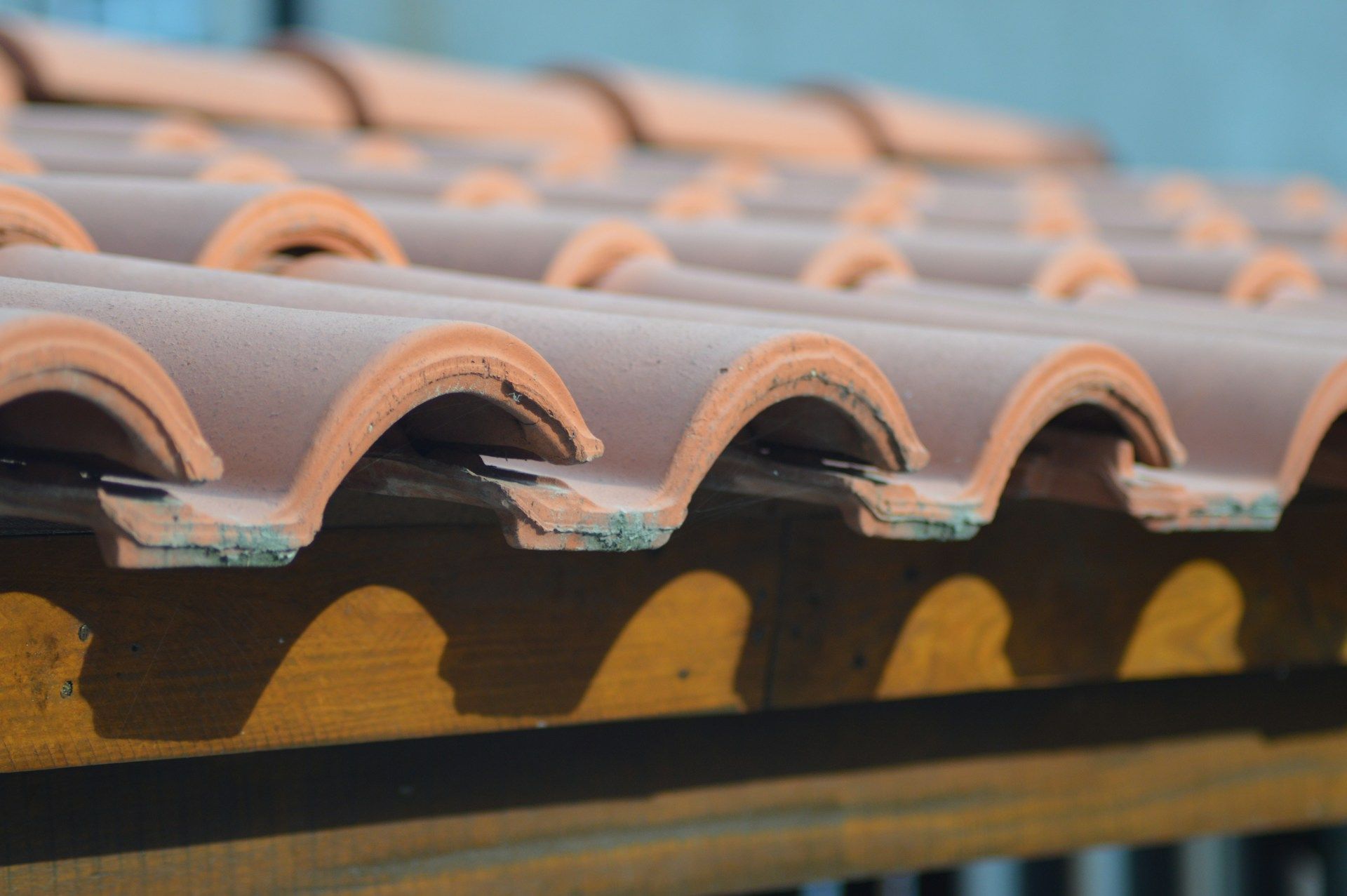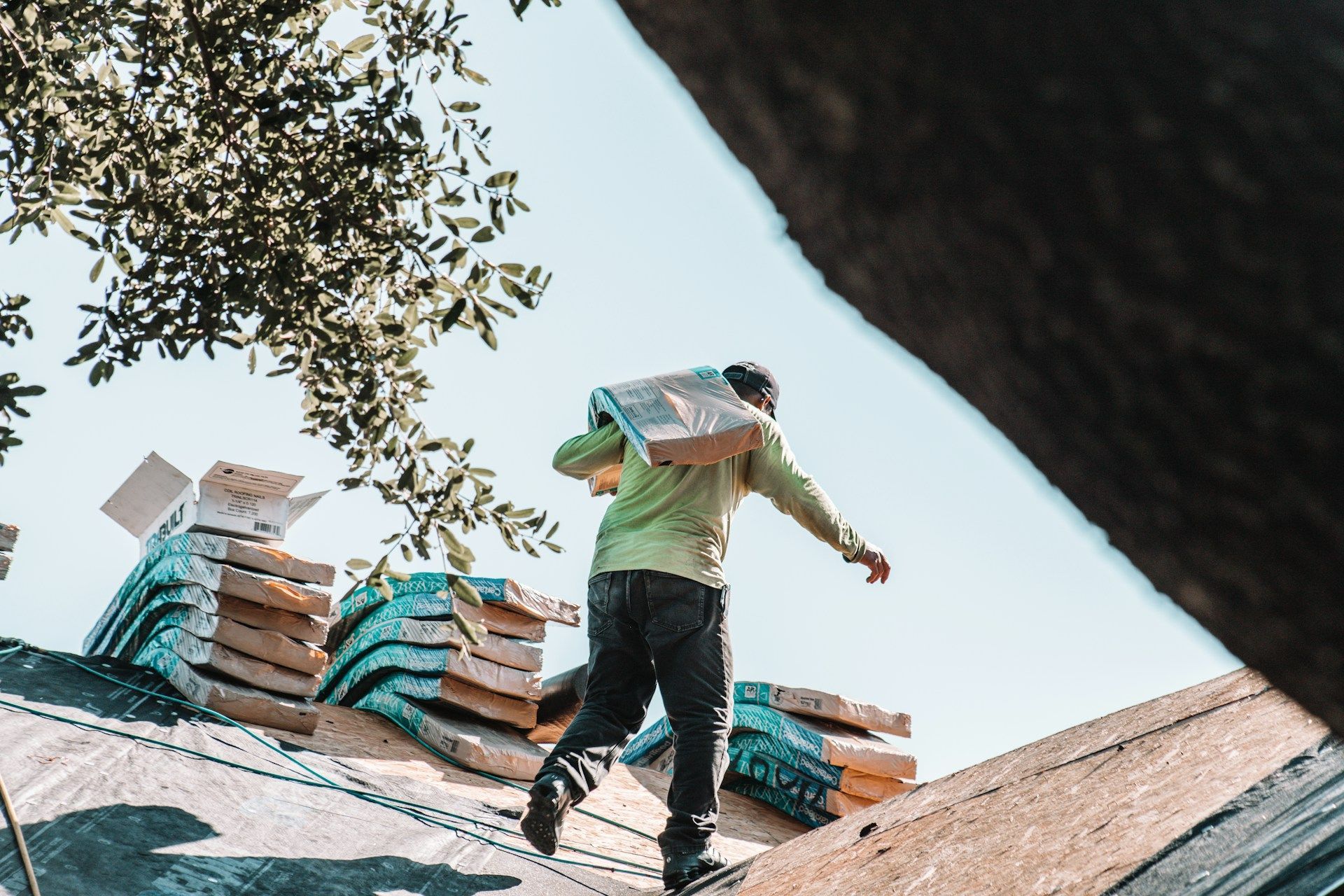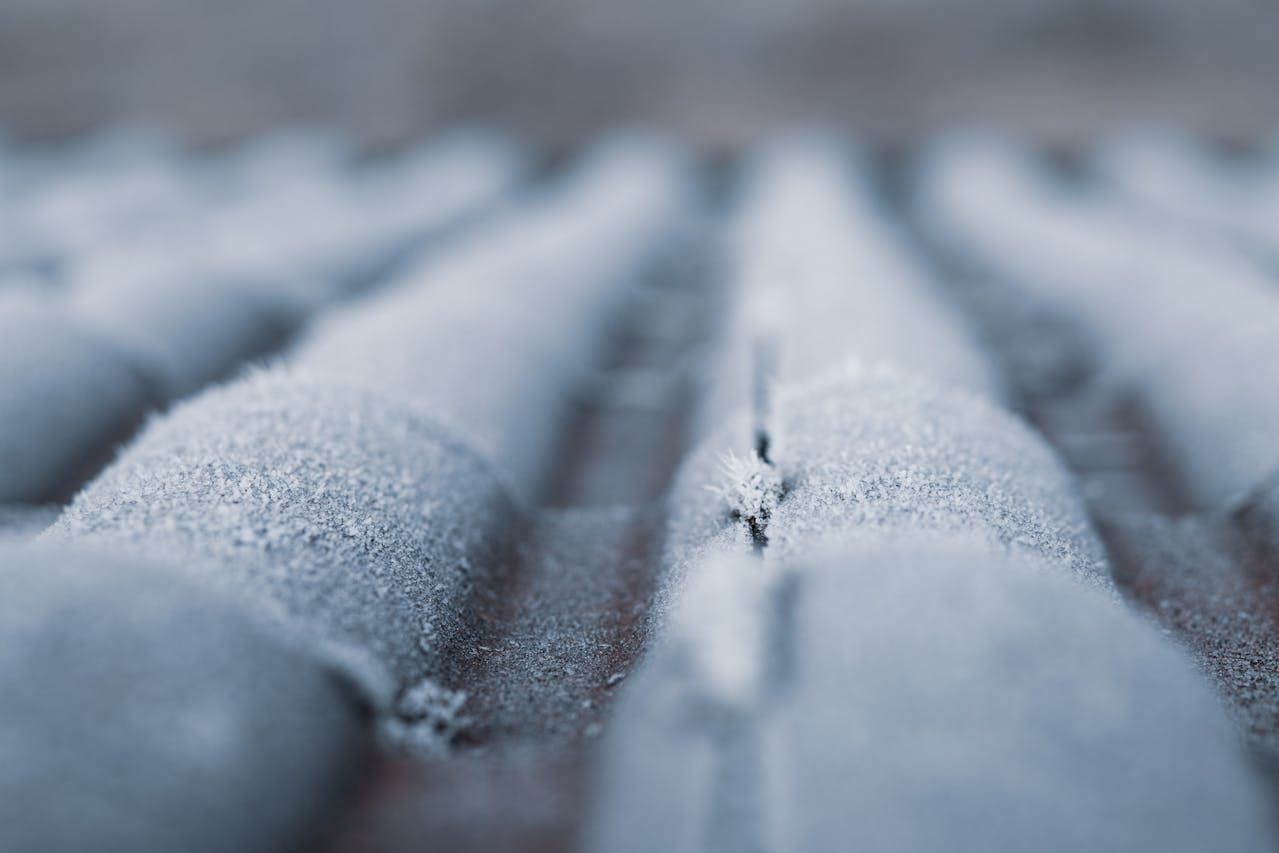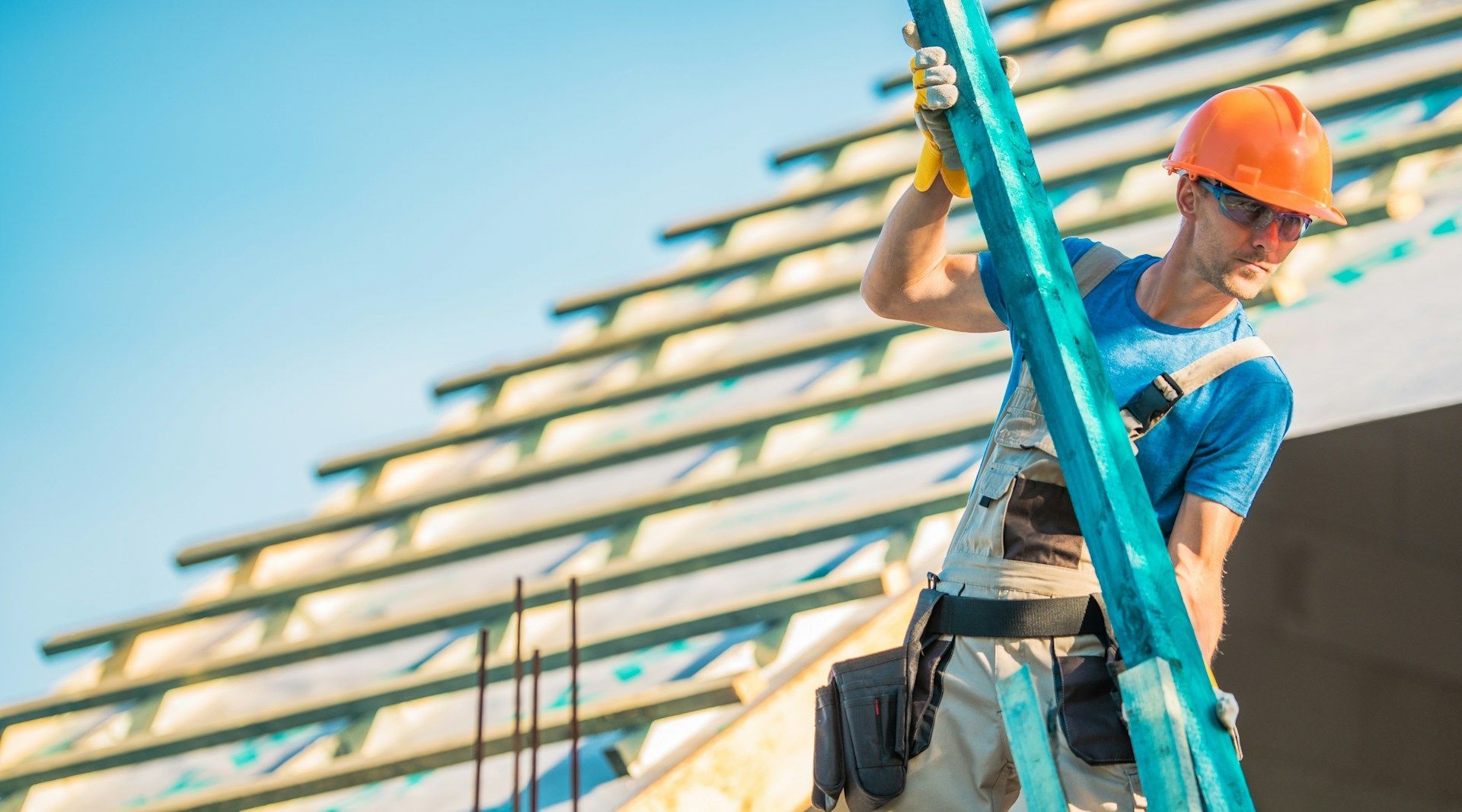5 Problems That Signal Your Vinyl Siding Needs Professional Help
Vinyl siding plays a big part in protecting your home’s exterior, especially during the hot, stormy summers in Chicago. It keeps moisture out, shields the interior from extreme temperatures, and helps your house look sharp from the curb. But siding can't do all that forever without regular upkeep. Over time, weather can wear it down, and when that happens, small issues can turn into major headaches if you don’t catch them early enough.
Chicago weather is no joke. From freezing cold winters to the humid heat of mid-July, siding takes a beating all year long. If you've lived here a while, you've probably seen buildings showing signs of age from the outside with faded colors, warped boards, or mold on the surface. Those are all red flags that your vinyl siding might need expert help. Let’s go over five clear problems that tell you it’s time to bring in a pro.
Fading And Discoloration
Sunlight doesn't seem like a big deal until siding starts to look washed out or blotchy. Long-term exposure to UV rays can cause vinyl siding to lose its color, leaving some parts looking dull while others still have their original tone. Regular fading happens with age, but there’s a point where it becomes a sign that the material isn’t holding up anymore.
In Chicago, summer sun can be especially harsh, and homes that face direct sunlight all day are more likely to show early signs of damage. Here’s how to tell if your siding’s fading has gone too far:
- The color looks washed out compared to other homes or areas of your own house that get more shade
- There are uneven patches that look bleached or lighter than the rest
- You notice chalky residue when you run your hand across the surface
When color loss reaches that level, the material might also be breaking down, which lowers its ability to protect your home. It’s a sign the siding could crack soon or start soaking in moisture, leading to worse problems down the road. These aren’t issues to guess on. Getting a second opinion from someone who knows what to look for can help stop the damage before it hits areas behind the walls.
Warping And Buckling
Vinyl siding is made to expand and contract with temperature changes, but when it's installed the wrong way or exposed to heat for too long, warping and buckling can happen. Warped siding doesn’t just look bad, it can leave parts of your house unprotected.
Summers in Chicago can reach temperatures that push building materials past their limit. You might see panels that bubble or pull away from the wall because they're no longer sitting flat. This can happen if:
- The siding was nailed down too tight without space to shift
- Heat from direct sun or a grill placed too close has melted or distorted the material
- Water got behind the panel and caused it to swell or move
Once siding is warped, it can't be reshaped. When a panel curls or shifts, it creates openings where water, bugs, or outdoor air can sneak in. That starts a chain reaction. Your walls get damp, utility bills go up, and the damage gets worse. In neighborhoods where houses are close together, like many parts of Chicago, even a backyard grill too close to the wall has been known to melt siding. Everyday things like this can cause bigger problems than you'd expect. Spotting early signs of warping can help you avoid major repairs.
Cracks And Breaks
Siding is built to hold up against the usual wear and tear, but it's not bulletproof. Over time, impact from storms, debris, or even pressure from ladders and tree limbs can create cracks or breaks. Throw in the pressure from icy winters and blazing summers, and these stress points add up.
Cracks tend to show up in places like:
- Corners or seams where panels meet
- The base of the house where mowers or other tools might knock against it
- The center of panels hit by flying branches during storms
If a crack goes all the way through, it’s more than just a cosmetic issue. It becomes an open door for moisture. Water can slip behind the siding any time it rains, leading to wood rot, mold, or damage that spreads through your home. Caulking over it won't solve the real problem. If you’ve noticed one crack, there could be others you can’t see. That’s when it’s smart to call someone experienced who can take a full look and figure out the next steps.
Mold And Mildew Growth
The mix of heat, humidity, and frequent rain during a Chicago summer sets up perfect conditions for mold and mildew to grow on vinyl siding. While vinyl has some moisture resistance, it’s not foolproof. If water gets trapped behind the panels or lingers too long on the outer surface, you’ll probably start seeing green or black patches appear.
These growths tend to show up in areas that stay damp longer, like:
- North-facing sides that get little sunlight
- Under porches or near trees that block airflow
- Behind downspouts or crowded corner sections
Mold on siding isn’t just an eyesore. Once it starts spreading, it can sneak behind panels, attack the structure underneath, and even trigger health problems if it makes its way into your house. Some signs that mold or mildew might be more than surface deep include:
- Discolored patches that don’t wash off with plain water
- A musty smell coming from the siding
- Soft or bubbling areas on the surface from trapped moisture
This isn’t something to put off. Mold doesn’t clean itself up, and simple washing may not stop it from returning. Letting it go for too long can mean major structural damage that costs much more down the line.
Loose Or Missing Panels
If siding panels are coming loose or have already gone missing, that’s a clear alert something’s wrong. Chicago weather, especially the flash storms and strong winds, can pull panels out of place. So can poor installation or issues with rusty nails and fasteners.
Panels might come loose because:
- Their fasteners have popped out or rusted from age and moisture
- They were trimmed too short, making it hard to fit them tightly with adjoining panels
- Repeated pressure from wind or ice buildup pried them out
You might first spot rattling noises during windy weather or notice small gaps between panels. That’s how water, pests, and cold or warm air get in. Unchecked, those little breaches become bigger problems. Water intrusion can damage insulation. Bugs or rodents can nest inside. Air leaks can make heating or cooling your home less efficient.
People sometimes brush off a single loose panel, especially if it’s around the back of the house. But each gap allows moisture and critters to creep in. If your siding looks like it’s started shifting or separating, it’s time to get that handled before more panels pull away—often during the next big storm.
Keep Your Vinyl Siding Strong And Durable
Vinyl siding may seem like a low-maintenance choice, but it still needs a watchful eye to stay that way. In Chicago, where weather swings hard between freezing snow and blazing heat, siding goes through a lot. Even a small issue like a slightly discolored board or loose panel can quickly turn into a more expensive situation.
Small fixes now can keep your siding strong and looking good longer. Replacing a few panels here and there is easier—and cheaper—than discovering a wall full of mold or rotted wood months later. Inspections from someone who knows siding can reveal things you might miss. They’ll spot weak points, moisture issues, and early signs of wear that could become serious.
Strong, well-maintained siding not only looks better, it stops cascading damage before it starts and helps your HVAC system run smoother too. Whether you're thinking about longevity, savings, or comfort, getting expert help to catch problems early is well worth the peace of mind.
To make sure your siding is ready for whatever Chicago weather brings, it helps to have a professional take a closer look. Learn how expert support for your
vinyl siding in Chicago can protect your home from bigger problems later on. Trust Region Roofing & Remodeling to keep your exterior looking sharp and working like it should all year long.

